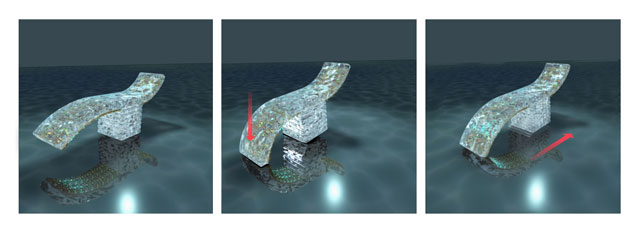3D printing and heart tissue biorobots

Scientists from the University of Illinois have made another step forward in the field of creating bio-robots, bringing the day when microscopic robots can travel around the human body, detecting and neutralizing toxins and tumors, and also help transport the drug directly to the destination (for example, bone damage). , And so on).
To create these worm-like robots, 3D printing technology was used. The basis was taken a special gel. Robots with a length of 5-10 mm were printed, on the surface of which, the rat cells of heart tissue were then sown. The heart tissue spread through the hydrogel, and the cells began to contract (the energy source is the nutrient fluid), setting the robot itself in motion. The movement speed is about 236 micrometers per second, but scientists are trying to increase it.
')

Rashid Bashir, one of the engineers:
We are trying to replace the heart cells with skeletal muscle cells, because the contraction of the heart tissue is spontaneous, and the skeletal muscles are more controlled. We have plans to establish their interaction with neurons, because then it will be possible to detect specific compounds, say, toxins. Or glucose. Once in close proximity to the toxin molecule, the robot will be able to release antitoxin in its direction.
Bashir is convinced that the technology of 3D printing will help to create biorobots more than once.
PopularMechanics has video of biorobot movement, I can’t insert a link to their player here, but it looks interesting.

via
Source: https://habr.com/ru/post/158997/
All Articles